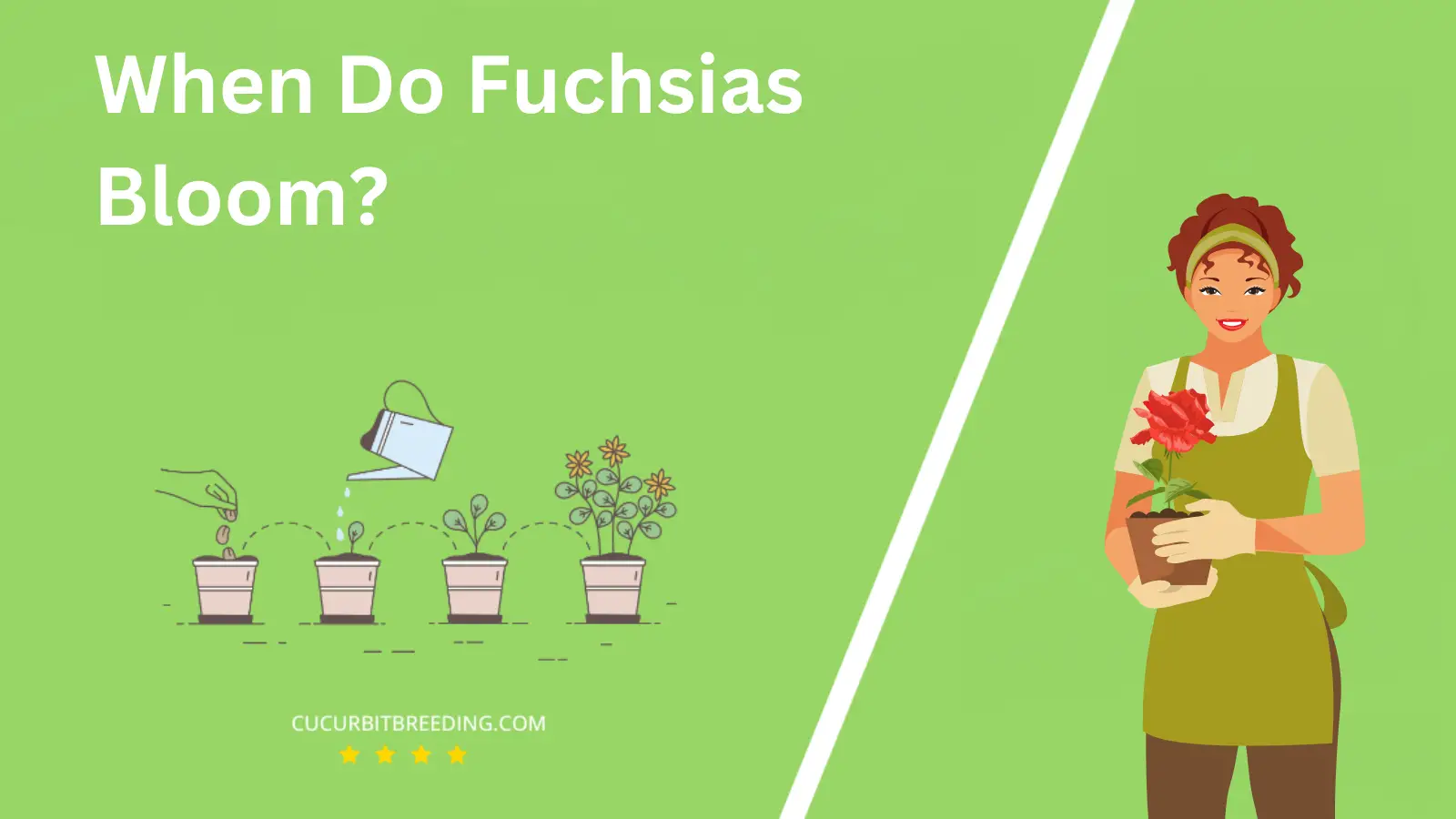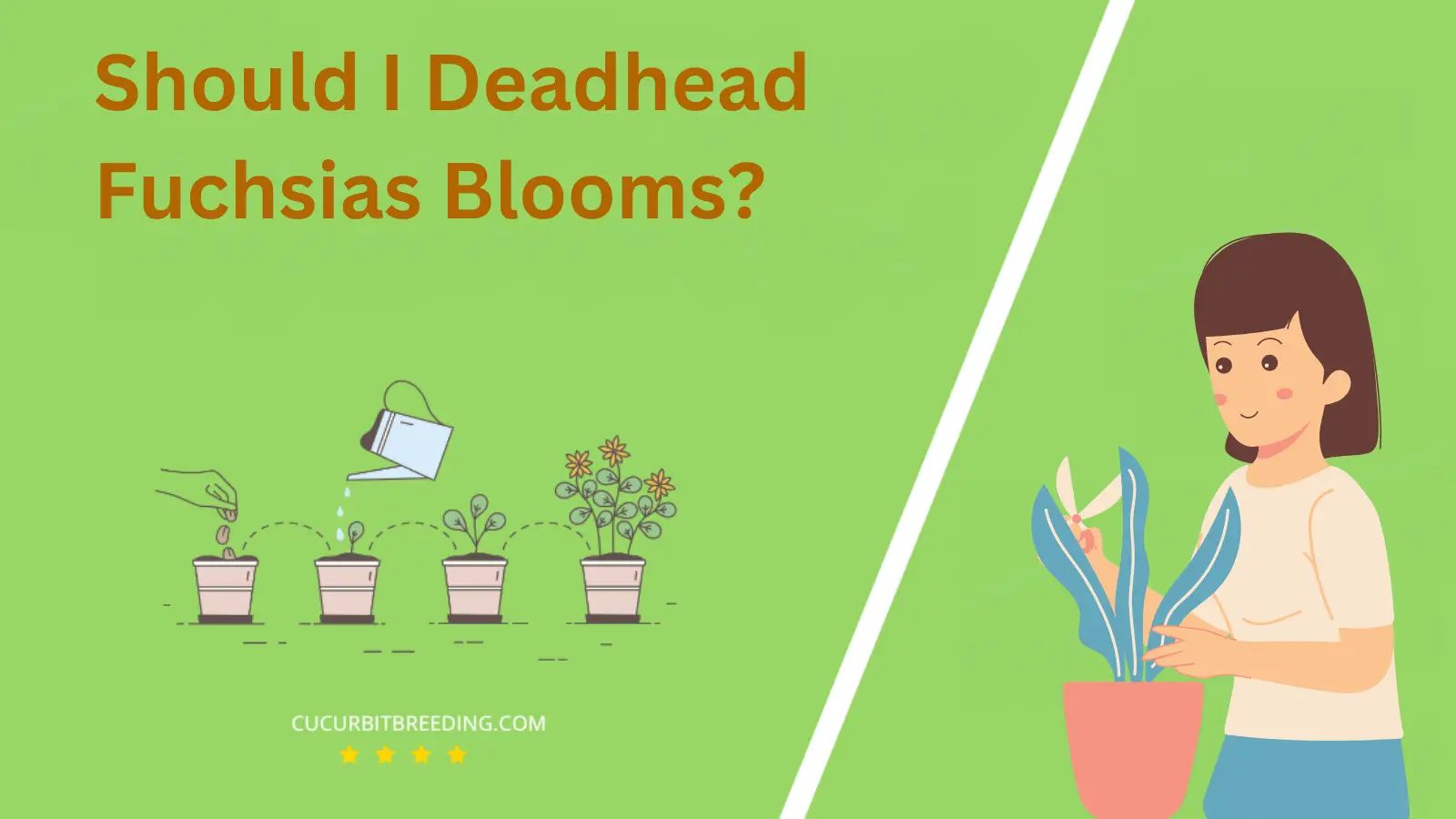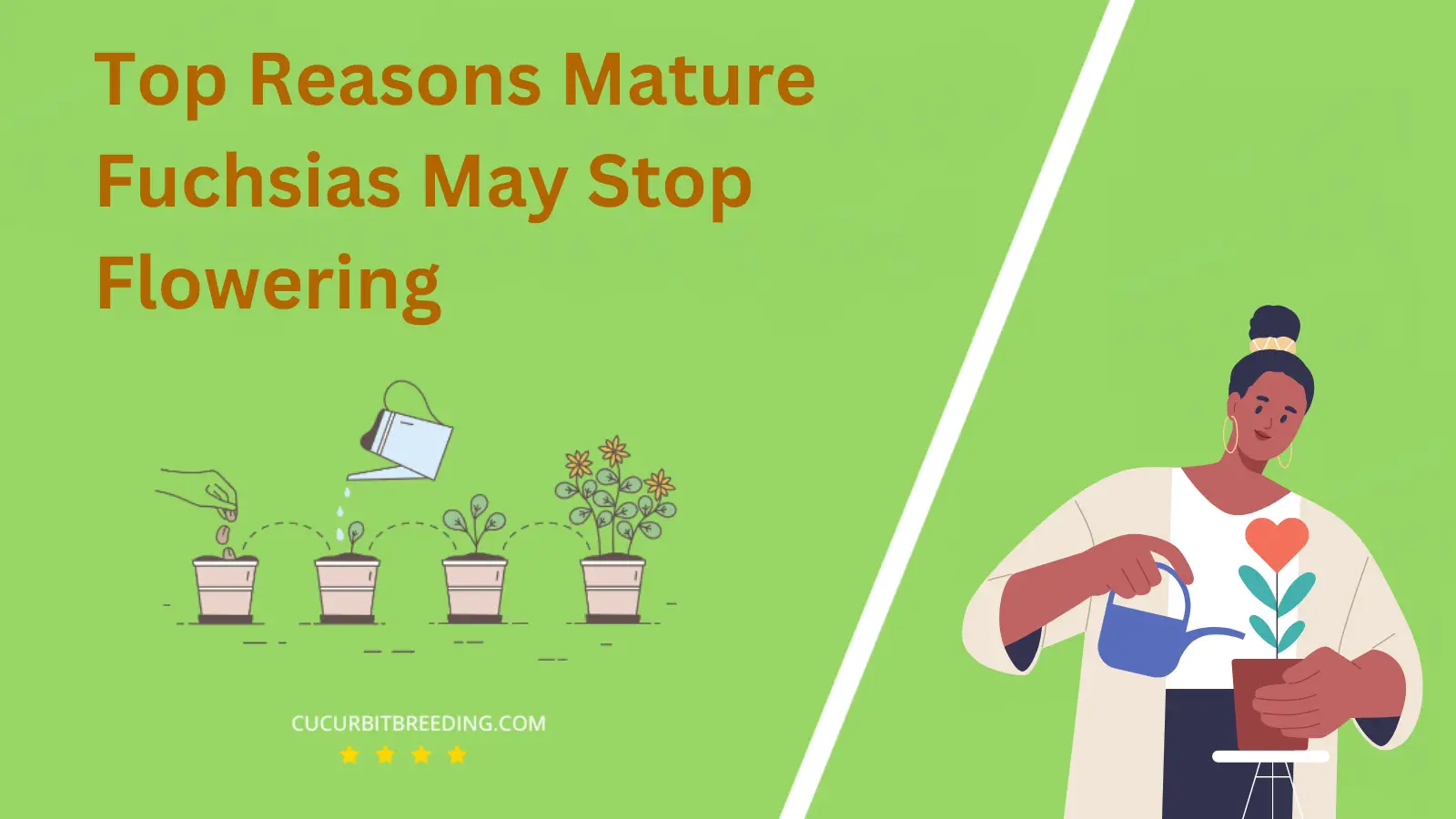
Ever marveled at the stunning beauty of Fuchsias? These charming plants with their vibrant and delicate blossoms certainly know how to steal the show in any garden. But when exactly do Fuchsias bloom? This is a question that has puzzled many gardening enthusiasts.
Let’s delve into the world of Fuchsias, exploring their lifecycle, and uncover the secret behind their blooming period. Get ready for an exciting horticultural journey!
When Do Fuchsias Bloom?
Fuchsias typically bloom from the late spring through the early fall. However, their exact blooming period may vary slightly depending on the specific variety and local growing conditions. In ideal conditions, some varieties can even produce flowers throughout the entire year.
Therefore, the key blooming period for most Fuchsias is between late spring and early fall.
| Stage | Description |
|---|---|
| Germination | Spring to early summer (March to June) |
| Growth | (Spring-Summer) (March-September) |
| Blooming | Summer (June to September) |
| Dormancy | Winter (December-February) |
How Long Do Fuchsias Bloom?
Fuchsias generally bloom from late spring until early fall. The blooming periods, however, can be extended by practicing good plant care such as regular feeding, deadheading, watering, and ensuring the plant receives adequate sunlight and temperature. Nevertheless, the climate and specific variety of the Fuchsia can ultimately influence the length and timing of its blooming period.
How Light Affects Fuchsias Blooms?
Light plays a crucial role in the blooming of Fuchsias. Fuchsias require a moderate amount of light to bloom properly. They prefer a location with morning sun and afternoon shade. However, they can still grow up and bloom in partial shade. Full sunlight can, in fact, harm the plant leading to sunburn, pale leaves, and fewer blooms. Therefore, a controlled light environment of semi-shade is ideal for Fuchsias to bloom abundantly.
Will Fuchsias Bloom the First Year You Plant Them?
Yes, Fuchsias will bloom in the first year you plant them. These plants are known for their quick growth rate and will typically produce their distinctive, bell-shaped flowers within a few months of being planted. However, the exact timing can depend on various factors, including the specific variety of Fuchsia, the conditions in which it’s grown, and the time of year it’s planted.
Will Fuchsias Bloom Every Year?
Yes, fuchsias will bloom every year. These plants are perennials, meaning they have a life cycle of more than two years. Despite this, their blooming is influenced by the care they receive and the conditions in which they grow. Ensuring proper sunlight, watering, and temperature conditions can greatly improve their blooming each year.

Should I Deadhead Fuchsias Blooms?
Yes, you should deadhead Fuchsias blooms. Deadheading, or the removal of spent flowers, is beneficial for Fuchsias as it encourages the plant to produce more blooms. Not only does this process enhance the overall appearance of the plant, but it also diverts the plant’s energy from seed production to new growth. Therefore, regular deadheading can result in a healthier and more vibrant Fuchsia plant.
Top Reasons Mature Fuchsias May Stop Flowering

Mature Fuchsias may stop flowering due to a variety of reasons. The primary reason is often inadequate sunlight. Fuchsias require plenty of indirect light to bloom. Less than ideal light conditions can cause the plant to stop flowering.
Another common reason is improper feeding. Fuchsias need a balanced diet of nutrients to bloom. Insufficient nutrients or over-fertilization can lead to a lack of flowers.
Lastly, the incorrect pruning schedule can cause the plant to stop flowering. Pruning at the wrong time can remove the buds that would have bloomed. Therefore, it’s important to prune fuchsias during the early spring when the risk of frost has passed.